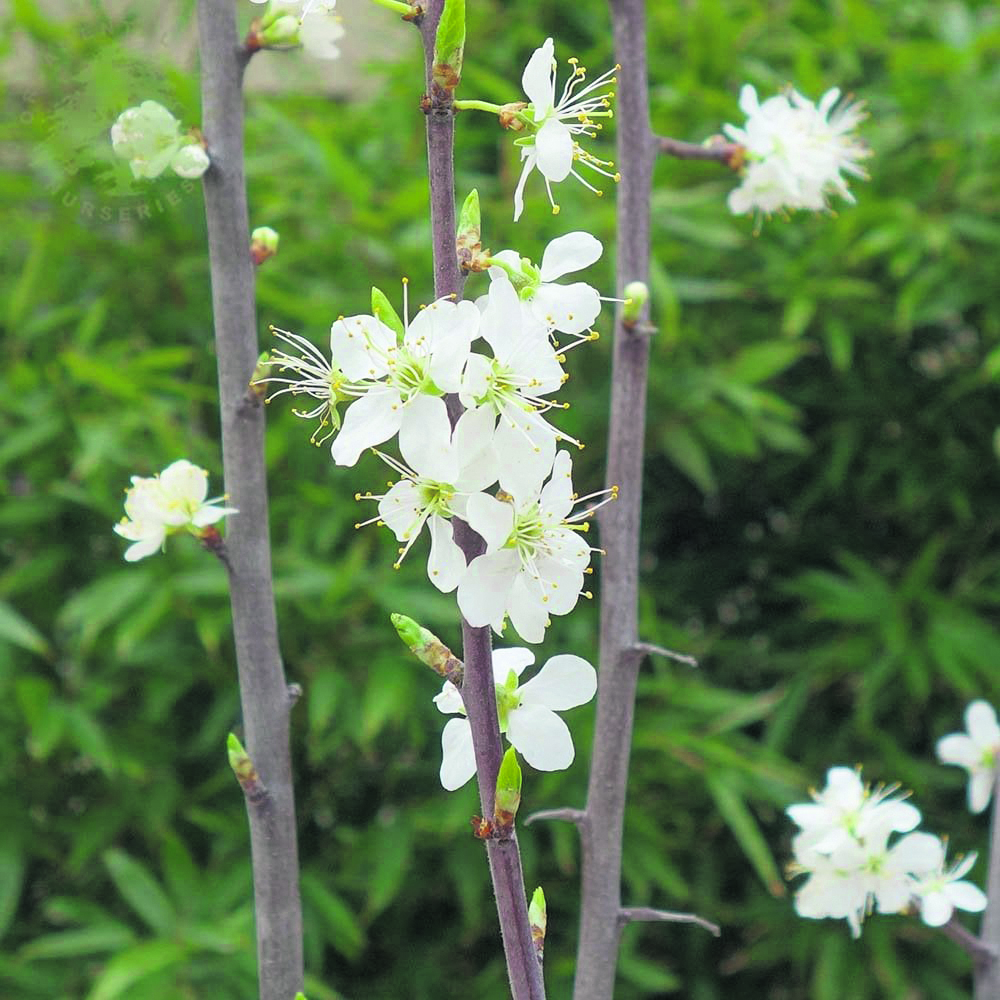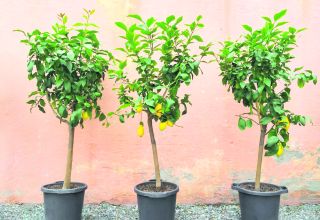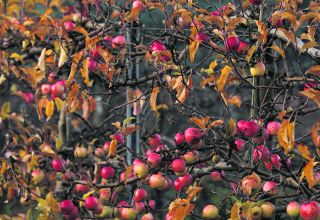Emma Flood raves about the underrated, but reliable damson which doesn’t seem actively sought after but still has a passionate following from those who love the fruit.
Why are damsons the forgotten fruit?
What fruit tree, asked a friend recently, would I recommend that wasn’t too big, looked good, didn’t demand a lot of work but produced a large, reliable harvest that was, most importantly, useful in the kitchen?
I could see her waiting for me to suggest a particular apple, pear or plum. A damson, I said. Definitely a damson!.
What surprises me is that, even in the UK where the fruit has a long and noble history—especially in places where a damson festival has recently been revived—this fruit isn’t more actively sought after.
Most people seem to get to know its charms by moving to a house where one already grows in the garden. Yet, my damson harvest is the most reliable of all my fruit trees and the most eagerly anticipated.
It’s true that, because of their tartness, you’re unlikely to want to eat damsons straight off the tree, but we get a good harvest every August unless the blossom was damaged by a particularly bad late frost, the trees survive with barely any maintenance and, as well as making delicious preserves and pies, damsons can also be used in place of sloes to make a gorgeous damson-flavoured gin liqueur (a real favourite in our house).

Cultivation and varieties
Textbook advice is usually to put a tree in well-drained soil somewhere warm and sunny, preferably facing south, protected from frost. However, for many years our damsons were in deep shade for most of the day because of a neighbour’s (now happily demised) Leylandii. We still got excellent harvests.
The damson copes with most soils, even heavy clay, though if yours is very sandy or gravelly you’ll need to improve it with plenty of organic matter before planting. What you do need to ensure is that it isn’t in a position where it will suffer strong winds or bad frosts which will strip off the blossom. However, if yours is a very exposed garden, there’s no need to despair. A damson can do well if planted where it enjoys some protection from a hedge or tree, especially if you choose a frost-resistant cultivar like ‘Farleigh Damson’.
Another popular variety is ‘Merryweather’, which produces larger fruit than the average damson, sweet enough to be eaten raw, and is particularly suitable for colder, wetter areas.
Expect your damson to grow to around 10-15 feet. ‘Shropshire Prune’ (also known as ‘Prune Damson’) is one to choose for neat, compact growth, or you could look for a tree grown on Pixy rootstock to restrict growth to 8-10 feet (2.4-3m).
Damsons are self-fertile, so you don’t need to plant more than one. However, it is a useful pollinator of other plum trees (like apples, they are divided into different pollination groups so make sure you choose one with a similar flowering period) and, like all self-fertile cultivars, is likely to produce a larger crop when cross-pollinated by another tree.
Pruning a damson
Another plus is that, once mature, a damson needs little pruning. It does generate quite a lot of twiggy growth though, which means the tree becomes congested with old wood over time, so every year I cut off any of the spindly bits that have died back. (Dead, diseased and crossing branches should also be removed.).
It’s also possible to do this job while picking the fruit. Pruning during the winter increases the chance of the tree becoming infected with silver leaf fungus so, like all plums, damsons should only be pruned from late spring to early autumn – April to September.









